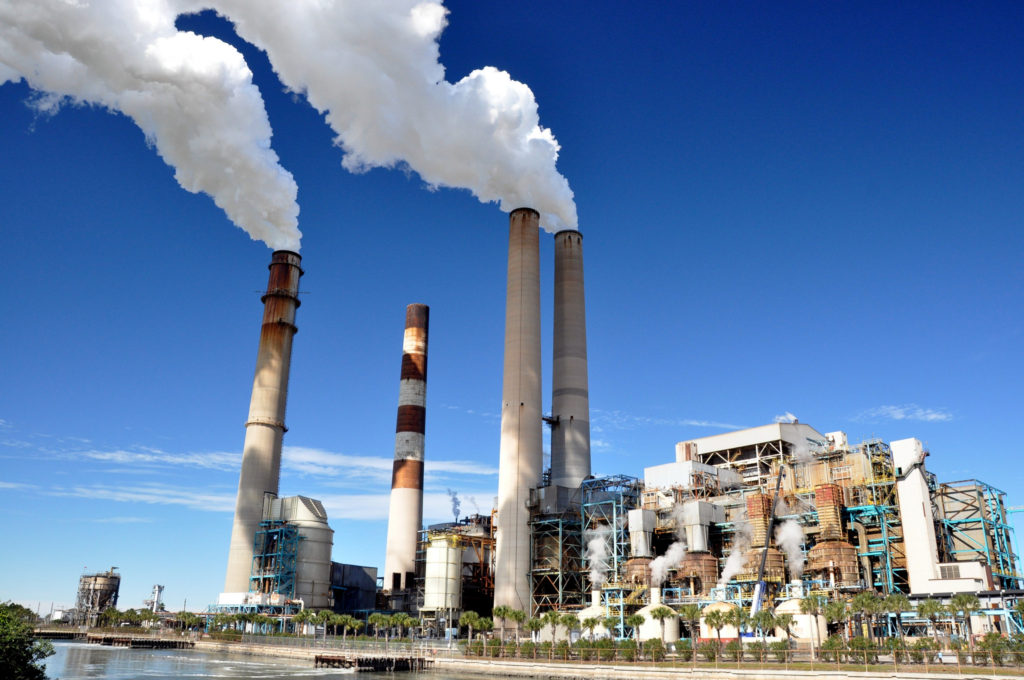
For the third year in a row, global emissions of carbon dioxide have remained unchanged. This indicates that efforts to reduce emissions have had an effect, but that there is much more to be done. It is essential to reduce emissions, not just cap them.
The stalling of emissions represents a major change from the overall trend over the past 50 years. From 1970 to 2012, global greenhouse gas emissions steadily increased, growing by 91% over that time period. But since 2012, the annual totals have not increased.
According to the most recent data, Russia, China, The US and Japan all showed decreased CO2 emissions. The European Union’s emissions were stable. Among large countries, only India’s emissions continued to increase.
However, carbon dioxide is not the only greenhouse gas. Methane and nitrous oxide are also implicated in climate effects. Methane is mainly generated by agricultural activities, the production of coal and gas, and waste treatment and disposal. Nitrous oxide is mainly emitted by agricultural soil activities and chemical production. These two gases are not tracked as frequently as carbon dioxide, but the global trend appears to be that they are still increasing.
The Joint European Research Centre, the European Union’s science and knowledge service, is a unique source of a complete and consistent compilation of global emissions data. Their annual report contains country-specific fact sheets for 216 countries that show the evolution of CO2 emissions on a country-level basis for every year since 1990.
Most of the world’s countries have pledged to reduce their emissions in order to keep global temperatures from rising to dangerous levels. An independent source of emissions data is crucial for helping countries to honor their pledge.
**********
Web Links
Global CO2 emissions stalled for the third year in a row
Photo, posted January 7, 2014, courtesy of Walter via Flickr.
‘CO2 Emissions Stalled’ from Earth Wise is a production of WAMC Northeast Public Radio.
Leave a Reply